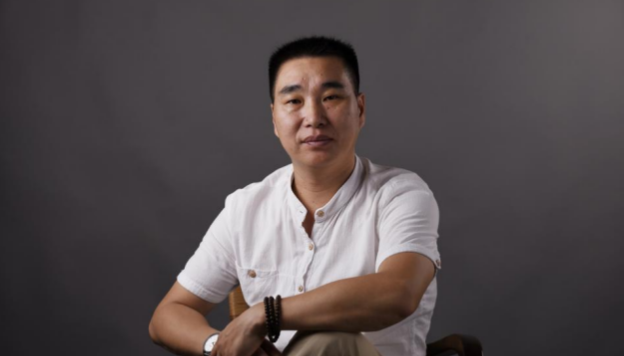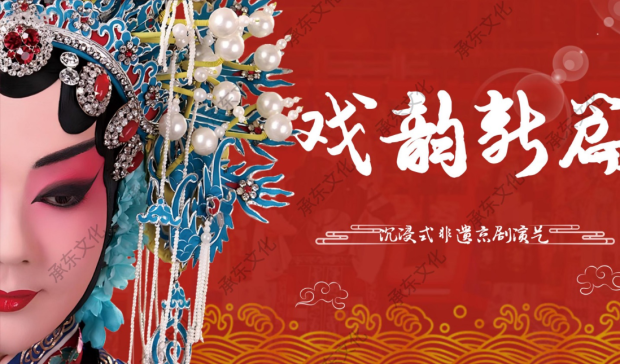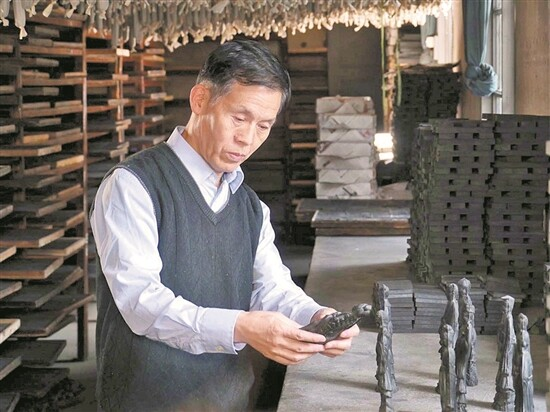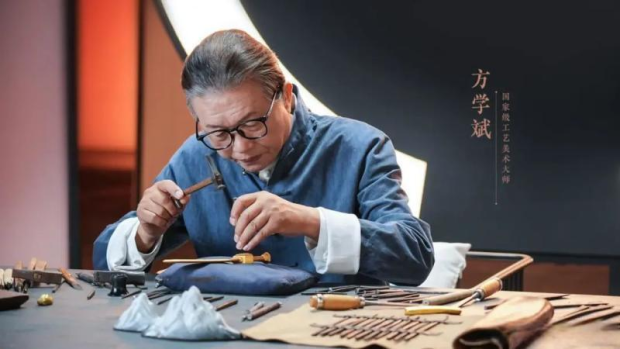
Liu Mingzhi, a representative inheritor of Dehua porcelain firing techniques at the municipal level, was born in Dehua, the porcelain capital of China, in 1973. He is a master of traditional Chinese arts and crafts, a senior arts and crafts artist, a senior ceramic sculpture technician, and a national first-class artist. He grew up in Tuban Village, Xunzhong Town, Dehua County. This village is surrounded by mountains on both sides and water on the other side, with fresh air and beautiful scenery. In his childhood, painting in the green mountains and water and kneading clay with rare earths became a great pleasure in his life, which had a profound impact on his path towards porcelain carving art
Liu Mingzhi’s career began in 1990, when he graduated from high school and entered the century old folk brand “Yunyu Porcelain Village” in Dehua, where he studied ceramic skills under the third-generation successor Su Yufeng and the fourth generation successor Su Xianzhong. Afterwards, he pursued further studies at Dehua Ceramic Vocational and Technical College, Jingdezhen Ceramic University in Jiangxi Province, Academy of Fine Arts at Fujian Normal University, and Academy of Fine Arts at Tsinghua University, continuously improving his artistic cultivation and skill level. In 2006, he founded the Remembering Ceramics Studio and served as the chief designer and artistic director
Liu Mingzhi’s works have won many awards at home and abroad, including the gold medal of the “Hundred Flowers Award Award” for Chinese arts and crafts, and the gold medal of the competition of the China Arts and Crafts Fine Products Expo. His works, represented by the thin body series porcelain carvings, showcase superb skills and unique artistic styles, and are deeply loved by collectors at home and abroad. His works have been collected by institutions such as the British Treasures Museum, the Beijing Museum of Art, and the National Art Museum of China.
The firing technique of Dehua porcelain is a traditional handicraft in Dehua, Fujian Province. The production of Dehua ceramics began in the Neolithic Age, flourished in the Tang and Song Dynasties, flourished in the Ming and Qing Dynasties, and developed in contemporary times. Dehua porcelain sculpture began in the Song Dynasty and has never stopped, forming a unique traditional craft. One is to directly shape it with high-quality kaolin, and the other is to mold the clay sculpture and then inject or rub it into shape. After drying, it is determined whether to glaze it according to needs, and then fired in a kiln at a high temperature of over a thousand degrees.
Its molding process is exquisite and delicate, with realistic shapes. In terms of carving and relief decoration, the beauty of craftsmanship and material are integrated, presenting a famous kiln temperament, especially for white porcelain products with distinct shades, rich layers, milky white glaze color like condensed fat, and excellent transparency. Dehua ceramics have always been an important export of Chinese trade, renowned worldwide along with silk and tea, and are known as the “treasures of Eastern art”.
On May 20, 2006, Dehua porcelain firing techniques were approved by the State Council and included in the first batch of national intangible cultural heritage list.














Be the first to leave a comment